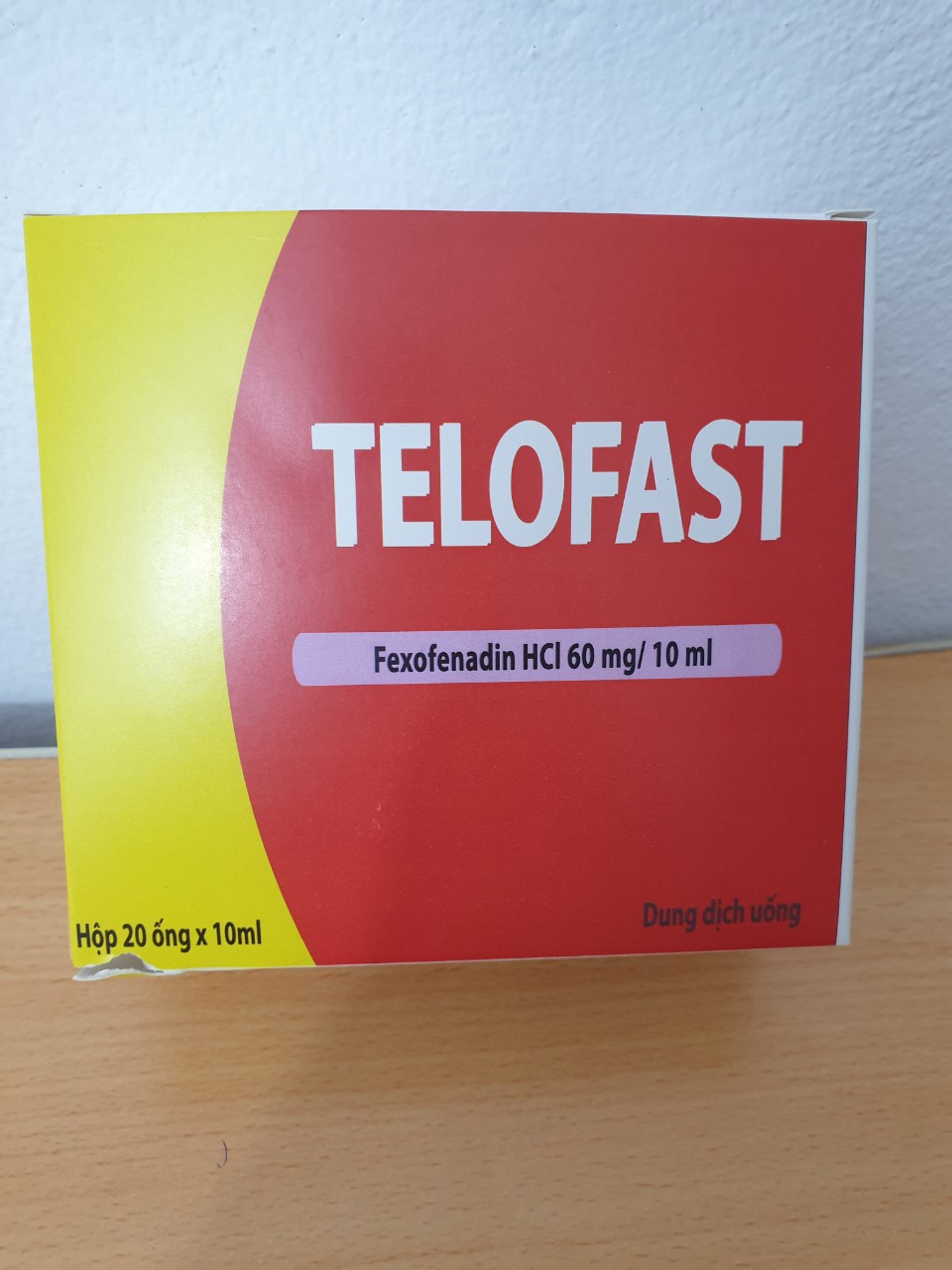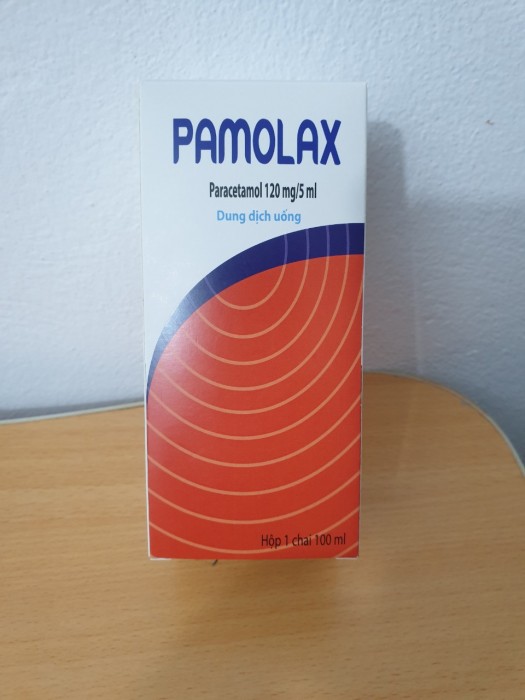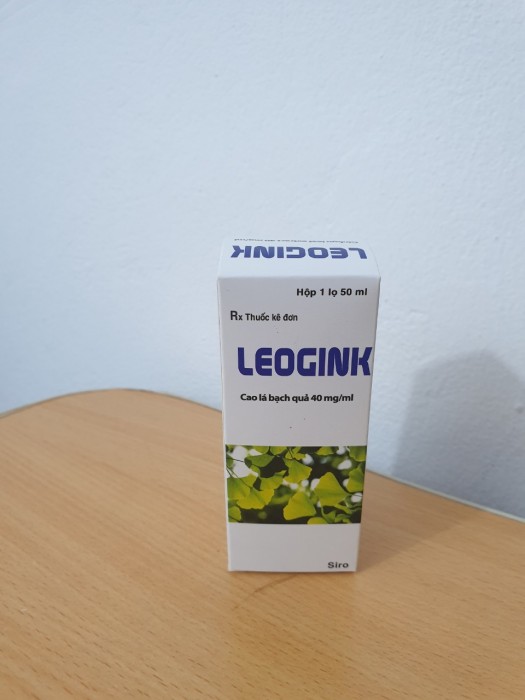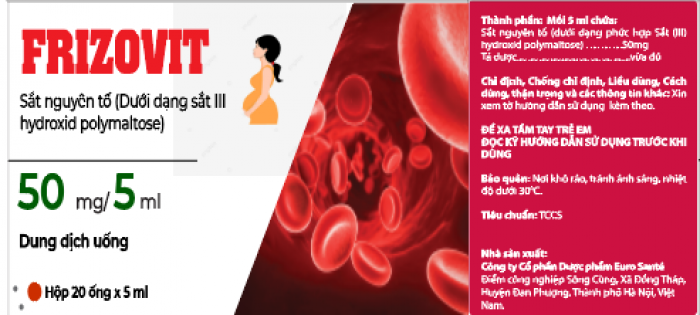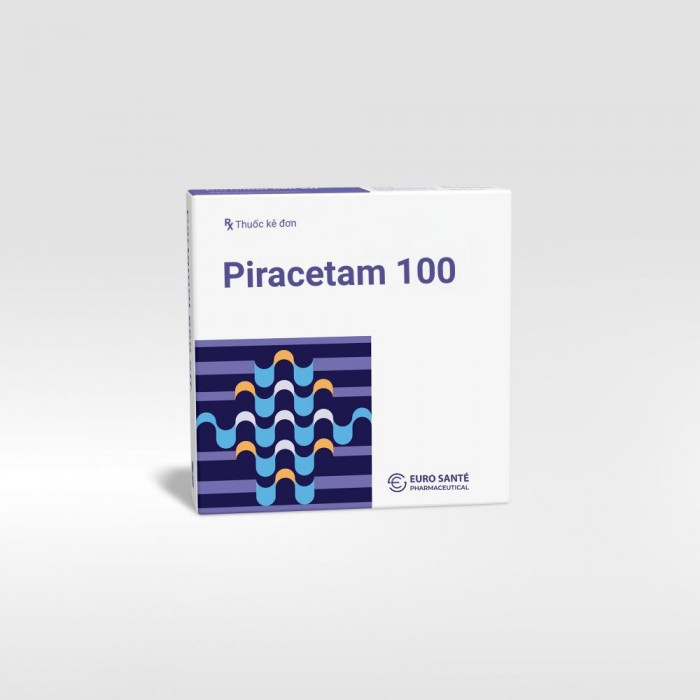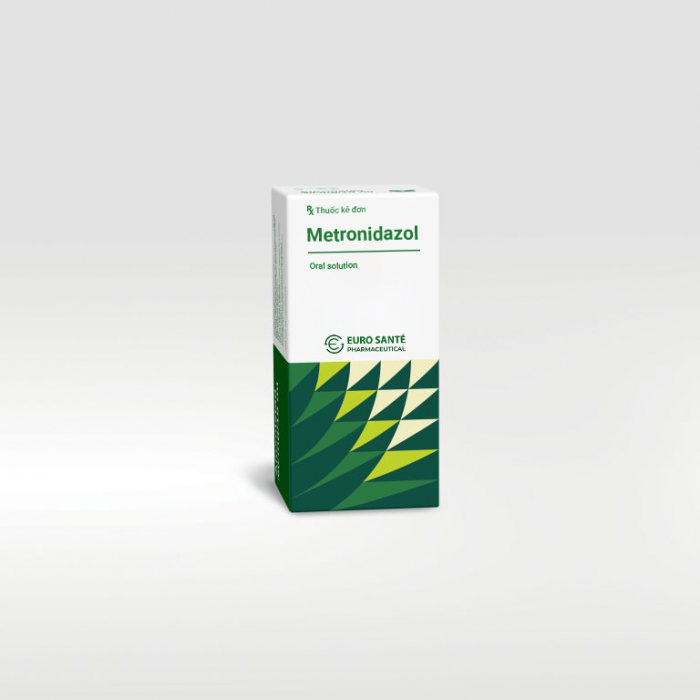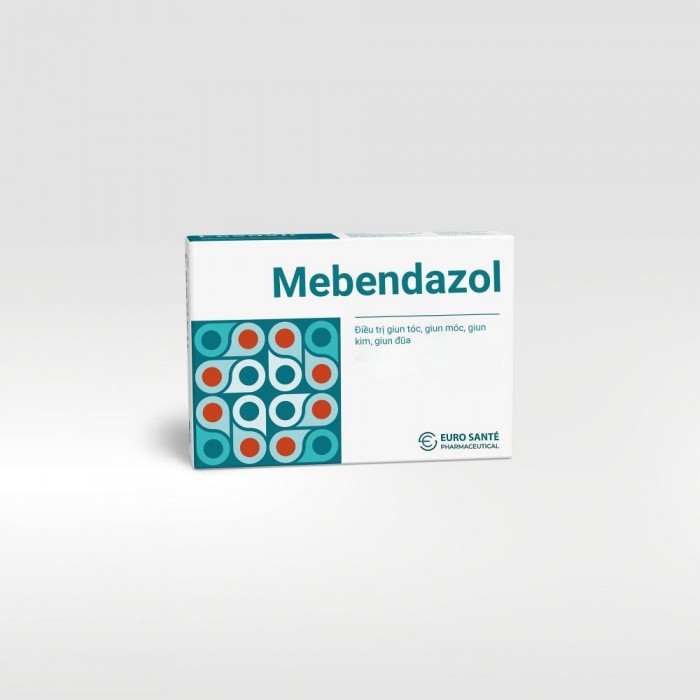- Adults and children 12 years of age and older:
- Patients with renal impairment:
- Patients with hepatic impairment:
- Elderly:
- Inform your doctor or pharmacist before using Telofast if you:
- Nervous system: Drowsiness, fatigue, headache, insomnia, dizziness.
- Digestive system: Nausea, indigestion.
- Others: Susceptibility to viruses (cold, flu), abdominal pain during menstruation, susceptibility to upper respiratory tract infections, sore throat, cough, fever, otitis media, sinusitis, back pain.
- Nervous system: Fear, sleep disturbances, nightmares.
- Digestive system: Dry mouth, abdominal pain.
- Skin: Rash, urticaria, pruritus.
- Hypersensitivity reactions: Angioedema, chest tightness, shortness of breath, flushing, anaphylaxis.
- Pharmacological group: Second generation antihistamine, H1 receptor antagonist.
- ATC code: R06AX26.
- Absorption: The drug is well absorbed after oral administration and begins to take effect after 60 minutes. The peak concentration in the blood is reached after 2-3 hours. Food high in fat reduces the peak plasma concentration by about 17% and prolongs the time to reach the peak concentration of the drug (to about 4 hours). The antihistaminic effect lasts for more than 12 hours. The plasma protein binding rate of the drug is 60-70%, mainly to albumin and alpha1-acid glycoprotein.
- Distribution: It is not known whether the drug crosses the placenta or is excreted in breast milk, but when terfenadine was used, fexofenadine was found to be a metabolite of terfenadine in breast milk. Fexofenadine does not cross the blood-brain barrier.
- Metabolism: Fexofenadine is very little metabolized (about 5%, mainly in the intestinal mucosa, only about 0.5-1.5% is metabolized in the liver by the cytochrome P450 enzyme system into an inactive substance). About 3.5% of the fexofenadine dose is metabolized by phase II (not involving the cytochrome F450 enzyme system) to the methyl ester derivative. This metabolite is only found in the feces, so it is possible that intestinal bacteria are involved in this metabolism.
- Excretion: The half-life of fexofenadine is about 14.4 hours, and is longer (31-72%) in patients with renal impairment. The drug is excreted mainly in the feces (about 80%) and urine (11-12%) unchanged.
-
Pharmacokinetics in patients with renal impairment:
- Clcr 41-80 ml/min: peak concentration 87% higher, half-life 59% longer.
- Clcr 11-40 ml/min: peak concentration 111% higher, half-life 72% longer.
- Clcr ≤ 10 ml/min (in patients on hemodialysis): peak concentration 82% higher and half-life 31% longer than in healthy subjects.
- Hemodialysis is not effective in removing the drug.
1. Trade name
TELOFAST
2. Composition of the drug
Each tube contains:
Fexofenadine (as a suspension) 60 mg
Excipients: q.s. 10 ml.
3. Dosage form
Oral suspension.
4. Route of administration
Oral.
5. Indications
Symptomatic treatment of seasonal allergic rhinitis in adults and children 12 years of age and older.
Treatment of uncomplicated non-chronic urticaria in adults and children 12 years of age and older. The drug significantly reduces itching and the number of hives.
6. Dosage and administration
Dosage
The recommended dose of Telofast is 1 tube x 2 times a day.
The recommended starting dose is 1 tube of 60mg per day.
No dosage adjustment is required.
No dosage adjustment is required, except in cases of renal impairment.
Note:The dosage above is for reference only. The specific dosage depends on the patient's condition and the severity of the disease. To get the appropriate dosage, you need to consult a doctor or healthcare professional.
Administration
The drug is taken orally with water and before meals. Do not take the drug with fruit juice (such as orange, grapefruit, apple).
Note:Shake well before use.
7. Contraindications
Patients with hypersensitivity to fexofenadine, terfenadine or any of the ingredients of the drug.
8. Warnings and precautions when using the drug
have liver or kidney disease;
have heart disease, as this medicine can cause a fast or irregular heartbeat;
are elderly.
9. Use of the drug for pregnant and breastfeeding women
Pregnant women
Due to insufficient studies in pregnant women, fexofenadine should only be used in pregnant women when the benefit to the mother outweighs the risk to the fetus.
Breastfeeding women
It is not known whether the drug is excreted in milk, although no adverse effects have been observed in infants when breastfeeding mothers use fexofenadine, so caution should be exercised when using fexofenadine in breastfeeding women.
10. Effects of the drug on the ability to drive and operate machinery
Telofast has a negligible effect on the ability to drive and operate machinery. However, you should check for drowsiness or dizziness before driving and operating machinery.
If you have any doubts, please consult your doctor before using this medicine.
11. Drug interactions and incompatibilities
Antacids containing aluminum and magnesium, if taken concomitantly with Fexofenadine 60, will reduce the absorption of the drug, so these drugs should be taken about 2 hours apart.
Erythromycin and ketoconazole increase the plasma concentration of fexofenadine but do not change the QT interval.
The concentration of fexofenadine may be increased by erythromycin, ketoconazole, verapamil, p-glycoprotein inhibitors. Do not co-administer fexofenadine with antacids containing aluminum, magnesium as it will reduce the absorption of fexofenadine.
Fexofenadine may increase the concentration of alcohol, central nervous system (CNS) depressants, anticholinergic drugs.
Fexofenadine may decrease the concentration of acetylcholinesterase inhibitors (in CNS), betahistine. Fexofenadine may be decreased in concentration by acetylcholinesterase inhibitors (in CNS), amphetamines, antacids, grapefruit juice, rifampin.
Incompatibilities:
Due to the lack of studies on the compatibility of the drug, do not mix this drug with other drugs.
Undesirable effects of the drug
Common:ADR > 1/100
Uncommon:1/1000 < ADR < 1/100
Rare:ADR < 1/1000
Overdose and treatment
Overdose:Information on the acute toxicity of fexofenadine is limited. However, drowsiness, dizziness, and dry mouth have been reported.
Treatment:Use general measures to remove unabsorbed drug from the gastrointestinal tract. Provide supportive and symptomatic treatment.
Hemodialysis reduces the drug concentration in the blood by an insignificant amount (1.7%). There is no specific antidote.
Pharmacodynamic properties
Fexofenadine is a second-generation antihistamine that has a specific and selective antagonist effect on peripheral H1 receptors. It is an active metabolite of terfenadine, which also competes with histamine at H1 receptors in the gastrointestinal tract, blood vessels, and respiratory tract, but no longer has cardiac toxicity because it does not inhibit the potassium channel involved in myocardial repolarization. Fexofenadine has no significant anticholinergic, antidopaminergic, or alpha 1 or beta-adrenergic receptor blocking effects. At therapeutic doses, it does not cause drowsiness or affect the central nervous system. The drug has a rapid and prolonged onset of action due to its slow binding to H1 receptors, forming a stable complex and dissociating slowly.
Pharmacokinetic properties
16.Packaging
Box of 20 tubes x 10 ml with instructions for use.
17. Storage conditions, shelf life, and quality standards of the drug
Storage conditions: Store in a cool, dry place, away from light, at a temperature not exceeding 30°C.
Shelf life: 24 months from the date of manufacture.
Quality standard of the drug: In house
18. Name and address of the drug manufacturing establishment
Euro Santé Pharmaceutical Joint Stock Company
Song Cung Industrial Zone, Dong Thap Commune, Dan Phuong District, Hanoi City, Vietnam.


